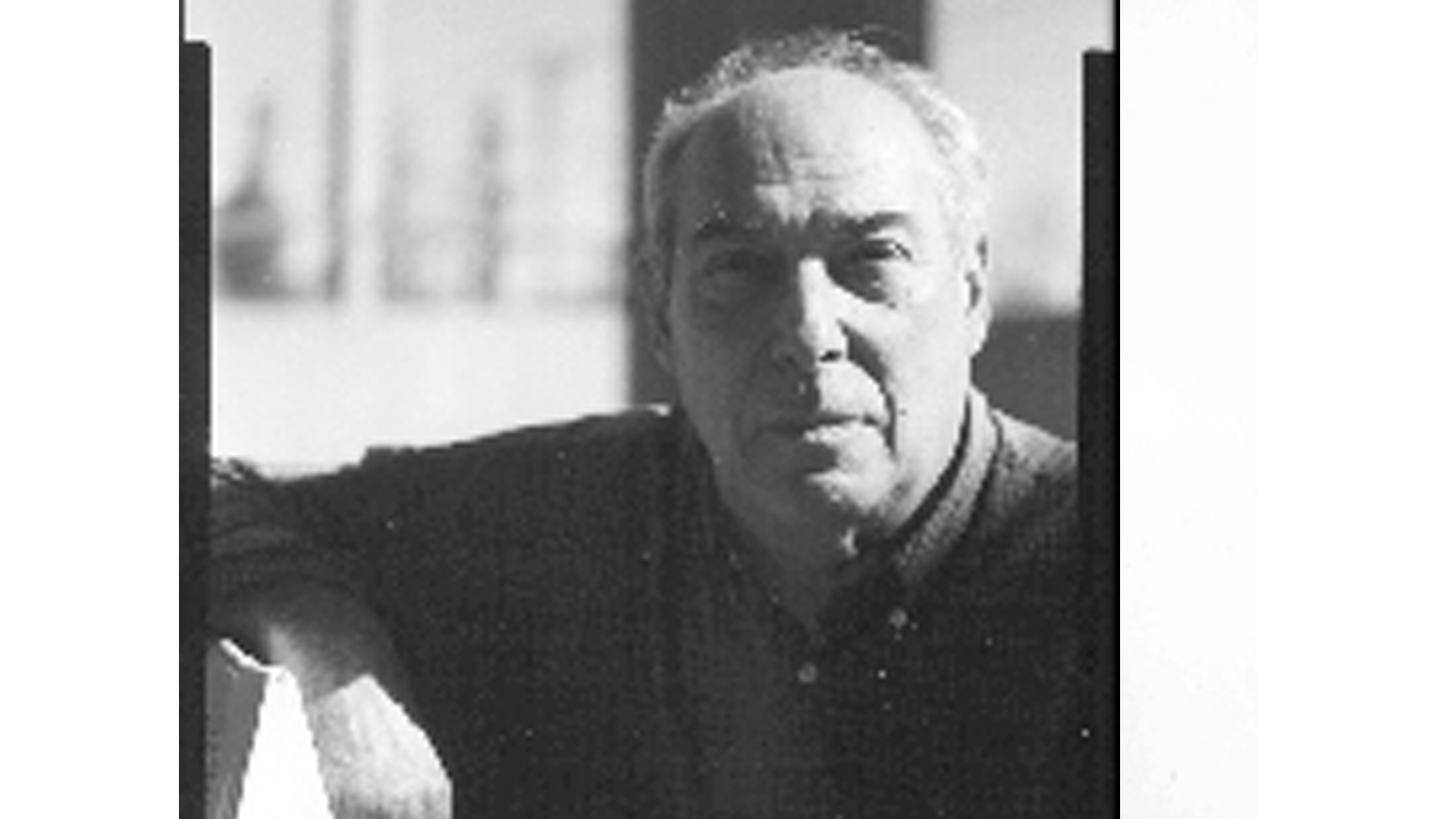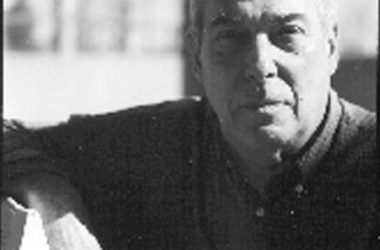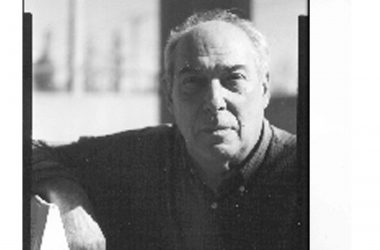From 1968 to 1971 I worked at International Harvester Tractor Works in Chicago, which employed about 3,000 people. (The plant was descended from the old McCormick Reaper Works, the center of the 1886 8-hour-day movement that led to the Haymarket Incident, the hanging of the Chicago Anarchists and the birth of May Day. When IH signed its first contract with the CIO in 1940 Lucy Parsons spoke at the rally, saying “Now I know my husband didn’t die in vain.”)
In 1969 IH announced its intention to close the plant. The local union opposed the measure, but found itself unable to stand up against the other locals in the “United” Automobile Workers, which were secretly happy to see the plant close. In the fall of 1969, Revolutionary Youth Movement II made the plant a focus of its October action, intended as an alternative to the Weather Days of Rage. I spoke at the rally, along with several other workers and political activists. (In preparation for the rally RYM II activists distributed a leaflet at the plant gates with inside details of the UAW’s deal with IH, fed to me by local union officials who were disgruntled by the screwing they had received from the UAW.) That, too, led to nothing.
Sojourner Truth Organization was founded around Christmas/New Years of 1969-70, and immediately began to discuss what it could do to help the workers resist the shutdown. Under its direction and with its encouragement and support, I began publishing an underground newsletter, The Defender, which called for a plant takeover as the only way to stop the shutdown. (At least one copy of the newsletter is in the STO Workplace Papers, which are on line at www.sojournertruth.net/.) The main person behind the newsletter was an open secret, and over the next few months I heard from scores of my fellow workers, all with the same message: I’m ready, but none of these others here are. I am quite sure a majority of the workers in the plant held that view.
I was never able to overcome their lack of trust in each other, and eventually the plant closed, the only resistance being a one-day walkout led by the Communist Party—yes, the CP—in which workers went to the union hall and heard union officials explain that they were with us but had done everything they could. As an aftermath, union officials told me I would never be allowed to work in another UAW plant.
Three years later, in July of 1973, Isaac Shorter and Larry Carter locked themselves in the power control cage of a Detroit Chrysler factory and pulled the main switch, shutting down the plant. Workers rallied around the cage, preventing plant guards from removing them. Chrysler gave in to their demands (which mainly concerned the removal of an especially objectionable supervisor). Thirteen hours later their fellow workers carried them from the plant on their shoulders; Detroit papers ran the photo on their front pages. (It turned out that both of them had been in Detroit only two years and had previous experience in the radical movement, one with the Black Panther Party, the other with a union-organizing campaign; after the takeover both joined the Communist League, precursor to the League of Revolutionaries for a New America.) A few weeks later there was a 6-day wildcat strike at Chrysler Forge; among the leaders was another CL member. The day after it ended, there was a strike at Chrysler’s Mack stamping plant, touched off by a Progressive Labor Party member who sat down on a conveyor belt. When plant guards attempted to remove him he defended himself with a metal pipe; 200 workers sat down on the belt with him and shut down the plant.
No wonder Chrysler went into decline.
In contrast to the IH plant where nothing happened, in each one of the Detroit situations, which would have to be counted successes, mass struggles were sparked by the bold initiative of one or a few individuals who, as it happened, were experienced in the radical movement (although I insist that is not necessarily always the case). I am sure there are plenty of cases where similar initiatives led only to reprisals against the individuals who took them. But it isn’t possible to know in advance. I make the same argument in my introduction to A New Notion. As Napoleon, who knew something about military tactics, said, On s’engage, et puis on voit (First engage, then see).



